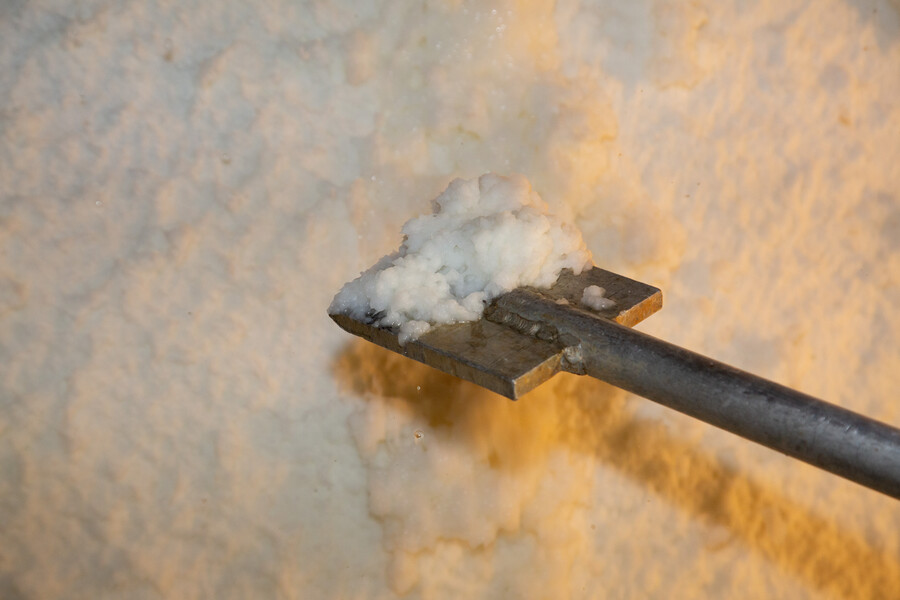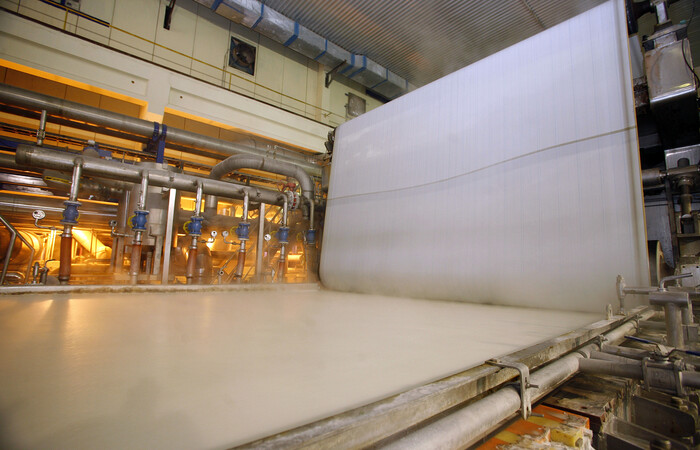Benefits of Using Pulp
Pulp itself is renewable and biodegradable, making pulp products truly sustainable. Practical uses for pulp are almost exhaustive — it is one of the most versatile raw materials available.
Sustainable
Made of renewable raw material, from sustainably managed forests or recycled paper, pulp products are a sustainable choice.
Learn how sustainability practices are the foundation of our industry
Reliable & Secure
Widely recyclable and biodegradable, pulp products can also reliably replace alternative materials.
Get involved in advocating with us for the paper & forest products industry
Practical
You see pulp all around you every day from your babies’ diapers to labels on your food, your post-it notes at work, and the ice cream cone you enjoyed after dinner.
What is Pulp?
Pulp is made from breaking down the fibrous part of plants, primarily trees or recycled paper, and refers to the main ingredient in the papermaking process. Pulp made from trees (wood fiber) is the most common source of fiber for papermaking and the base for many paper and wood products.
What kind of things are made from Pulp?
Pulp is used in a variety of consumer and specialty products, such as:
- paper printouts, receipts, post-its, envelopes
- paper cups, napkins, toilet rolls, tissues
- cardboard
- diapers and baby wipes
- LCD screens
- shoes and handbags
- food casings
- filters
- binding agents in food and pharmaceuticals
- labels and stickers…just to name a few
Learn How Wood Pulp is Made

Pulp is primary raw material generally used as the first step in the papermaking process.
Pulp can be divided into 2 main groups based on how it was produced: Mechanical and Chemical.
Learn more about how pulp is made.
Image Credit: Domtar

